Related Tags
Rare Guitars: Clarence White’s 1950s Telecaster
Country archivist and musician Marty Stuart has been the keeper of Clarence White’s famous Telecaster since the 1980s – he tells us all about how he came to own what he calls “The greatest Telecaster in the world…”
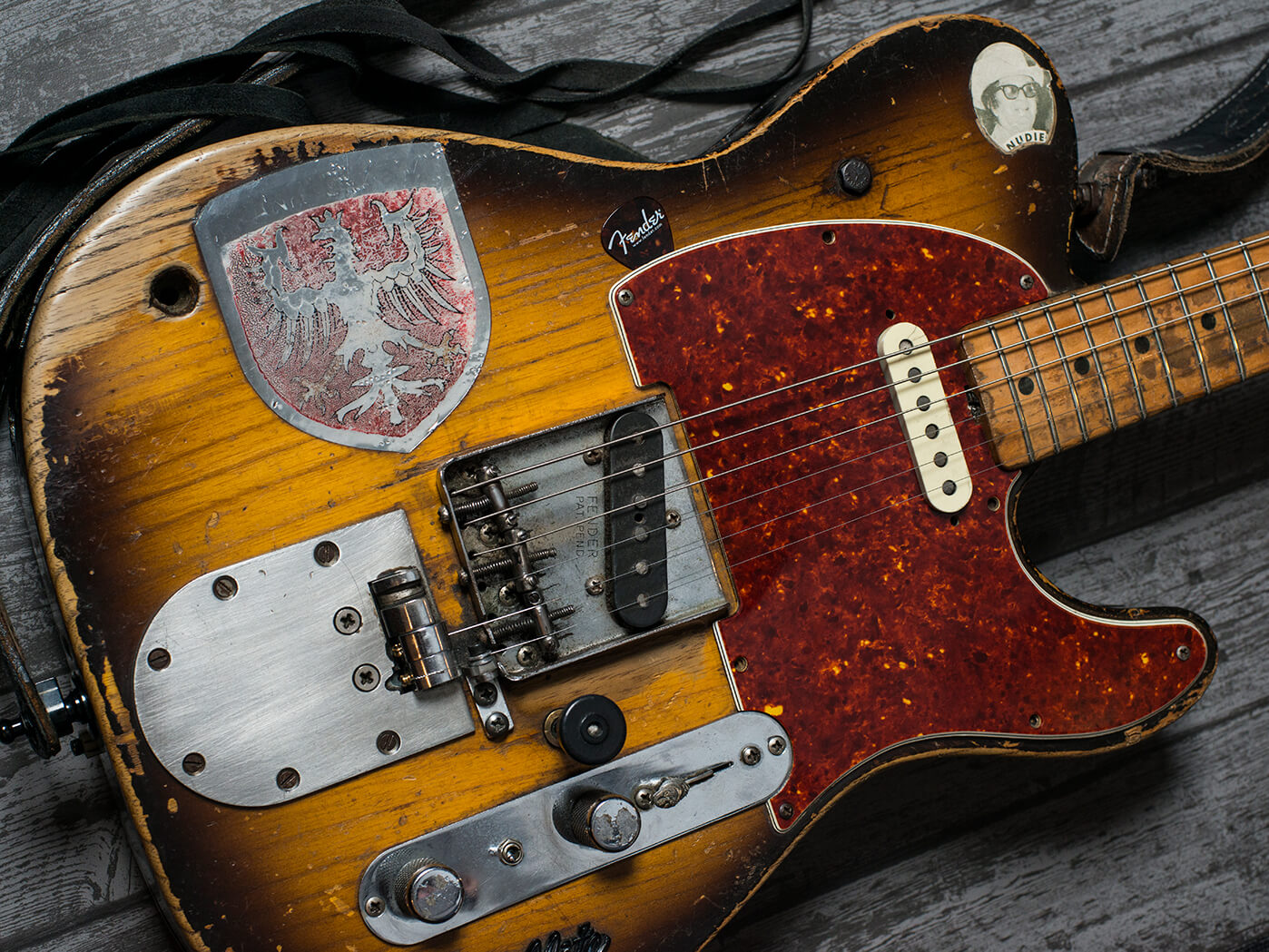
It’s uncertain whether ‘Clarence’ started out life as a Telecaster or
an Esquire model
Marty Stuart has long been known as ‘The Keeper of The Flame’ of real country music. An archivist and collector of country music relics, he took possession of late Kentucky Colonels and Byrds guitarist Clarence White’s heavily-modified 50s Telecaster in the early 80s. Built in collaboration with fellow Byrd Gene Parsons, the Tele is the first ever ‘pull-string’ or B-Bender guitar.
Clarence was an exceptional bluegrass flat-picker turned Tele master, but his guitar had fallen silent after the guitarist’s death on 14 July 1973, when he was struck by a drunk driver while loading gear into his car at 2am in Palmdale, California. Marty Stuart takes up the story…
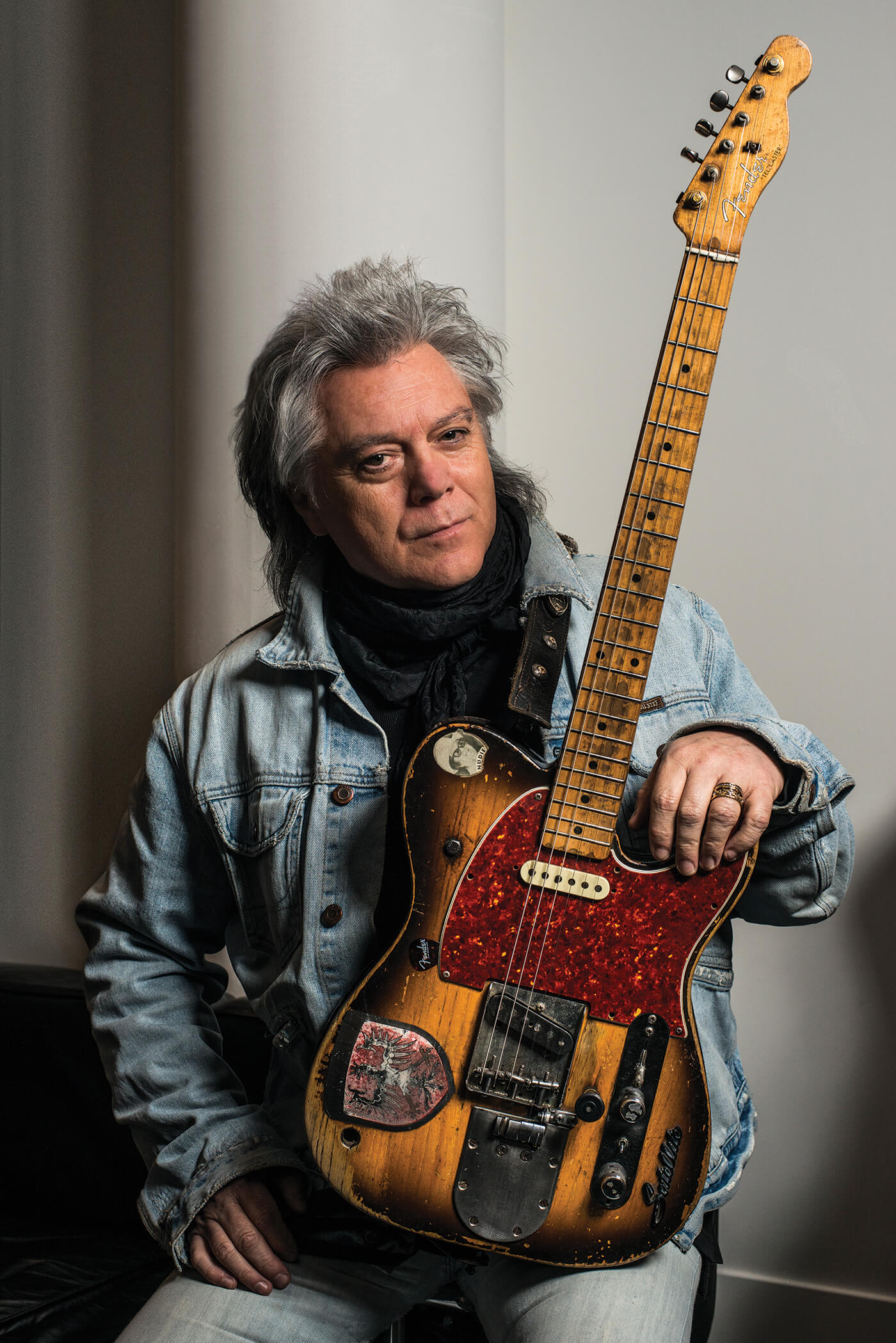
“Clarence’s wife Susie had moved back to her home state of Kentucky, maybe seven years after Clarence died,” he recalls. “I had just gone to work with Johnny Cash and Susie would come down to Nashville with her children on the weekends sometimes and spend time with Clarence’s brother, Roland. They were always like family, you know. Roland was the guy that got me my job with Lester Flatt. We’re still family to those people.
“So somewhere along the way, in the early part of the 1980s, Susie called me one night and said ‘I need to sell a few things. I wondered if you’d be interested?’
“I drove up to her home in Kentucky and she wanted to sell a 1954 Stratocaster that they had used as a parts guitar for Clarence’s pull-string, and she wanted to sell some Nudie suits and some Byrds paraphernalia that had belonged to Clarence. I said, ‘Sure, I’m happy to buy it’.”
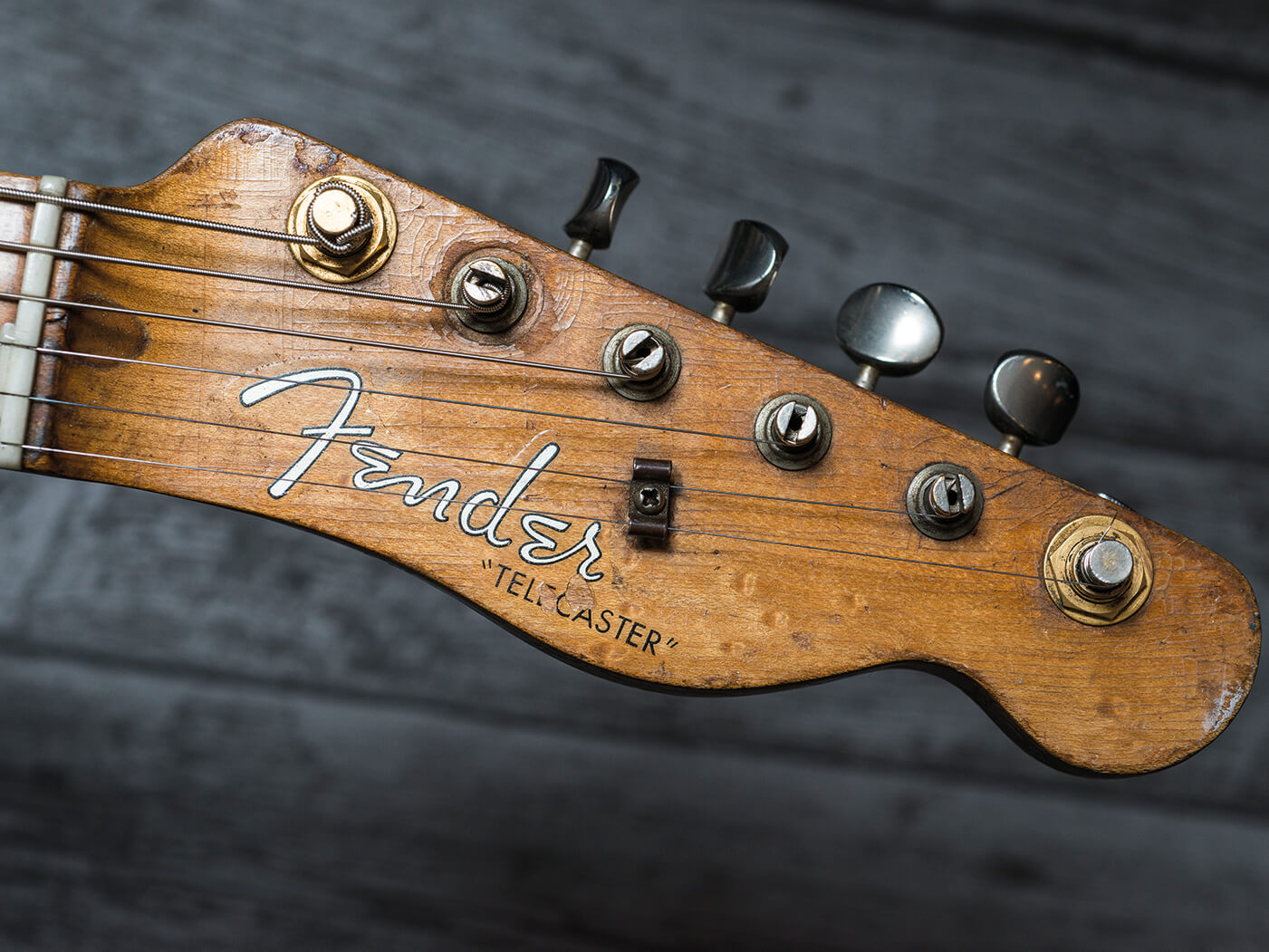
While Stuart was interested in the ’54 Strat and the Byrds stuff, he had another Clarence White artefact on his mind…
“I said, ‘Is the pull-string here?’ She said, ‘That’s what you really want to see…’ and I said ‘Yep!’ She opened the case and there was like a string missing off it and I said ‘Oh man, look at that. There it is!’ I started playing it and just poking around. I didn’t have a clue what to feel other than it was like holding the ‘Grail’ of Telecaster guitars. You could put a thousand Telecasters in a row, I could close my eyes and tell you which one was ‘Clarence’. I’d dreamed about just touching it for so long.
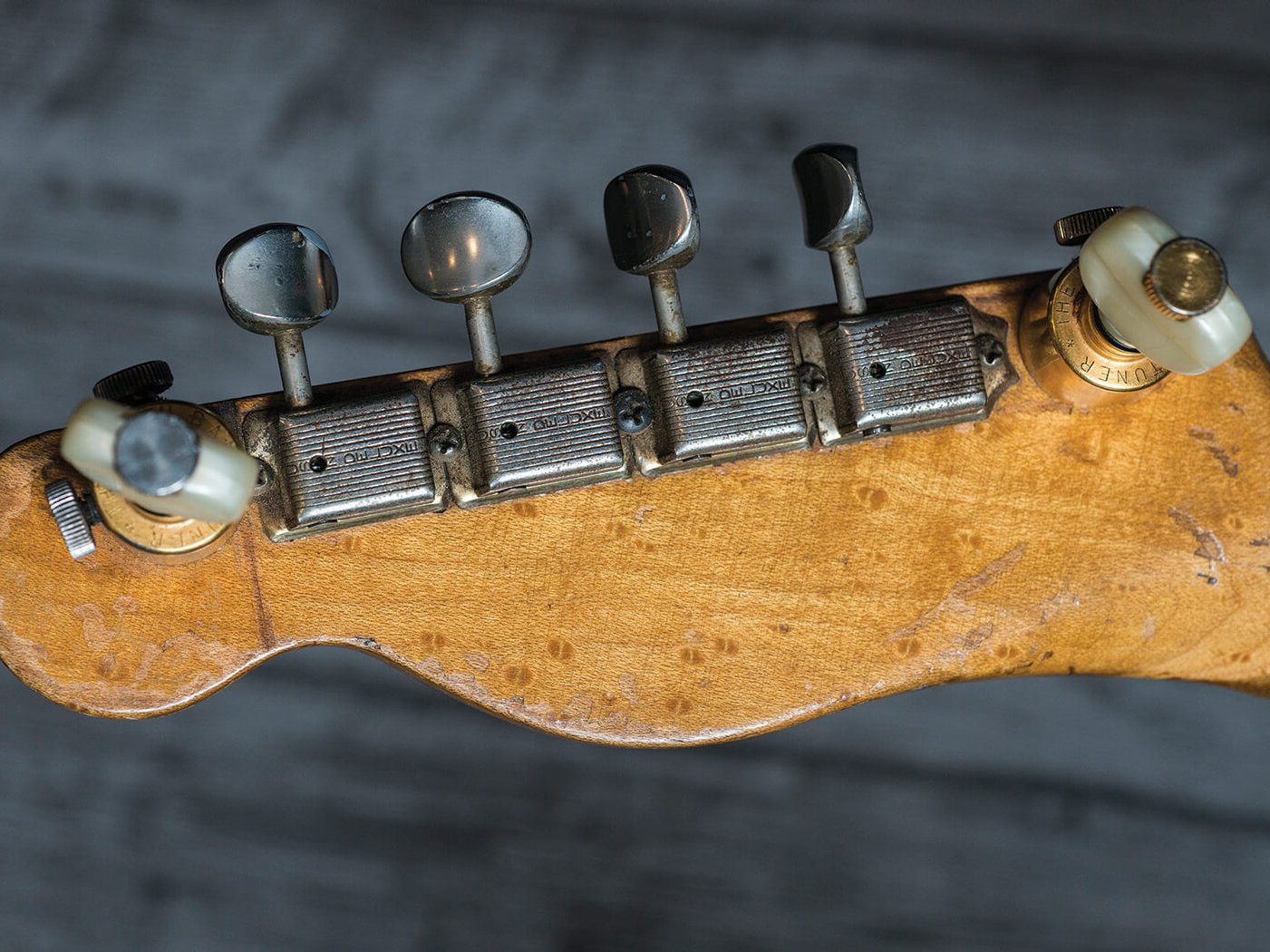
“Susie said, ‘That’s the guitar you really want, isn’t it?’ And I said, ‘Are you kidding!?’ I laid my chequebook on the table and said ‘Within reason, fill in any number you want to… and if I don’t have the money, my mom works at a bank!’”

After some deliberation, White came back with a price for him. “She said, ‘I want $1,450.’” White recalls “I said, ‘Susie, the E string on Clarence’s guitar is worth more than that.’ ‘I know what it’s worth,’ she replied. ‘I want you to have it. Clarence would’ve wanted you to have it. I know you’ll take care of it, and do the right thing with it’.
“So, that’s how much she charged me and she hand wrote out a receipt… and from the beginning I felt a responsibility towards that guitar.”
As it turned out, “Doing the right thing” has seen the Telecaster in constant service since – in the studio and on the road.
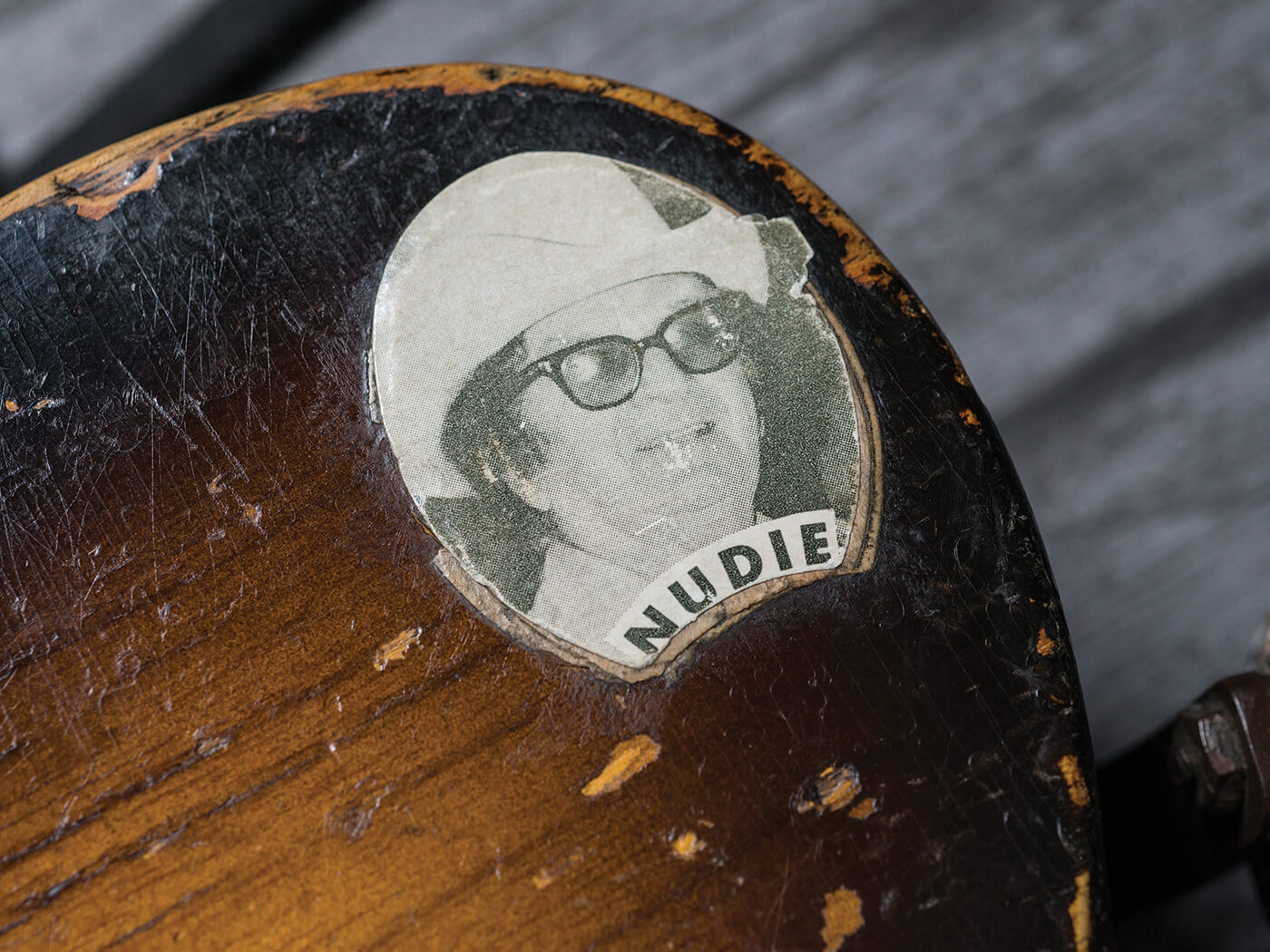
Stuart continues: “When I first got the guitar, the first time that I used it publicly was on a show called Saturday Night Live, playing behind Johnny Cash. I went down the street to a store in New York City called Manny’s, and bought a gigbag for it. Then I went to American Airlines and bought an Advantage number for it. I treated it with kid gloves. It flew in its own seat on planes and had Advantage miles. It’s been pampered since day one.”
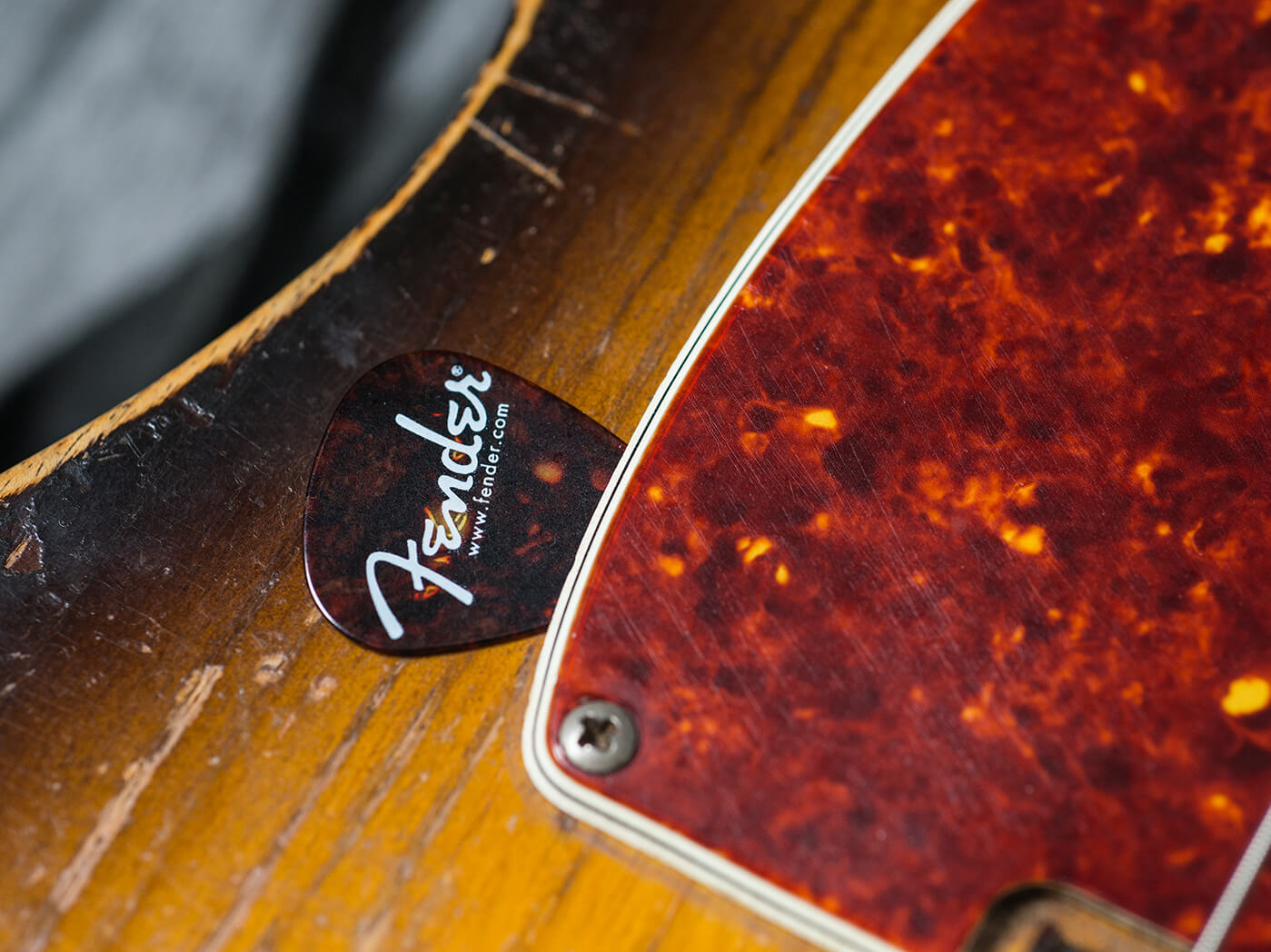
Clarence isn’t like any other Telecaster. For a start, the body is twice as thick as Leo Fender designed it [Stuart: “Is it heavy? About like a banjo. It’s not too bad.”]; the additional body depth covers the prototype B-Bender mechanism. In other news, the neck pickup has been replaced by a Strat unit with a white cover – likely from that ’54 – and at some point the bridge single coil was rewound by steel guitarist Red Rhodes, whose ‘Velvet Hammer’ pickups were popular with other country players including James Burton.
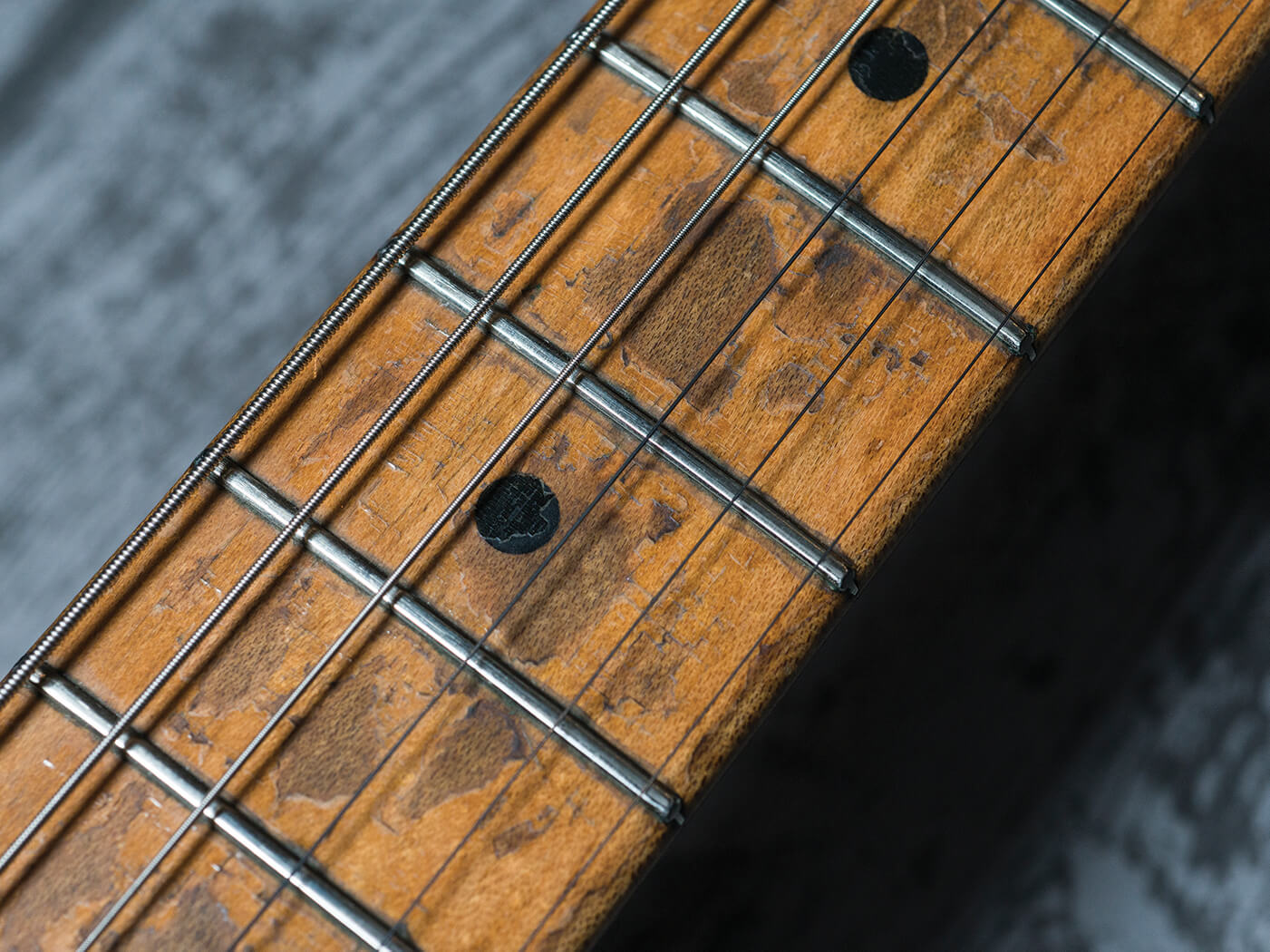
“I think the body is a ’54,” says Stuart. “Clarence had another neck made for it at Fender, in the late 60s or early 70s. It’s more of a V shape. We keep dressing the original frets. Although I think I may have had to replace one. I think it’s getting pretty close to needing some new frets.”
The truth of whether the guitar was originally a Telecaster or Esquire has been forever buried by the sands of time but Clarence is so heavily-modified that it’s of little importance now. Stuart’s determination to keep the guitar in service led to some modifications of his own. The first of these concerned the Scruggs banjo tuners that allow quick adjustment for alternate tunings.
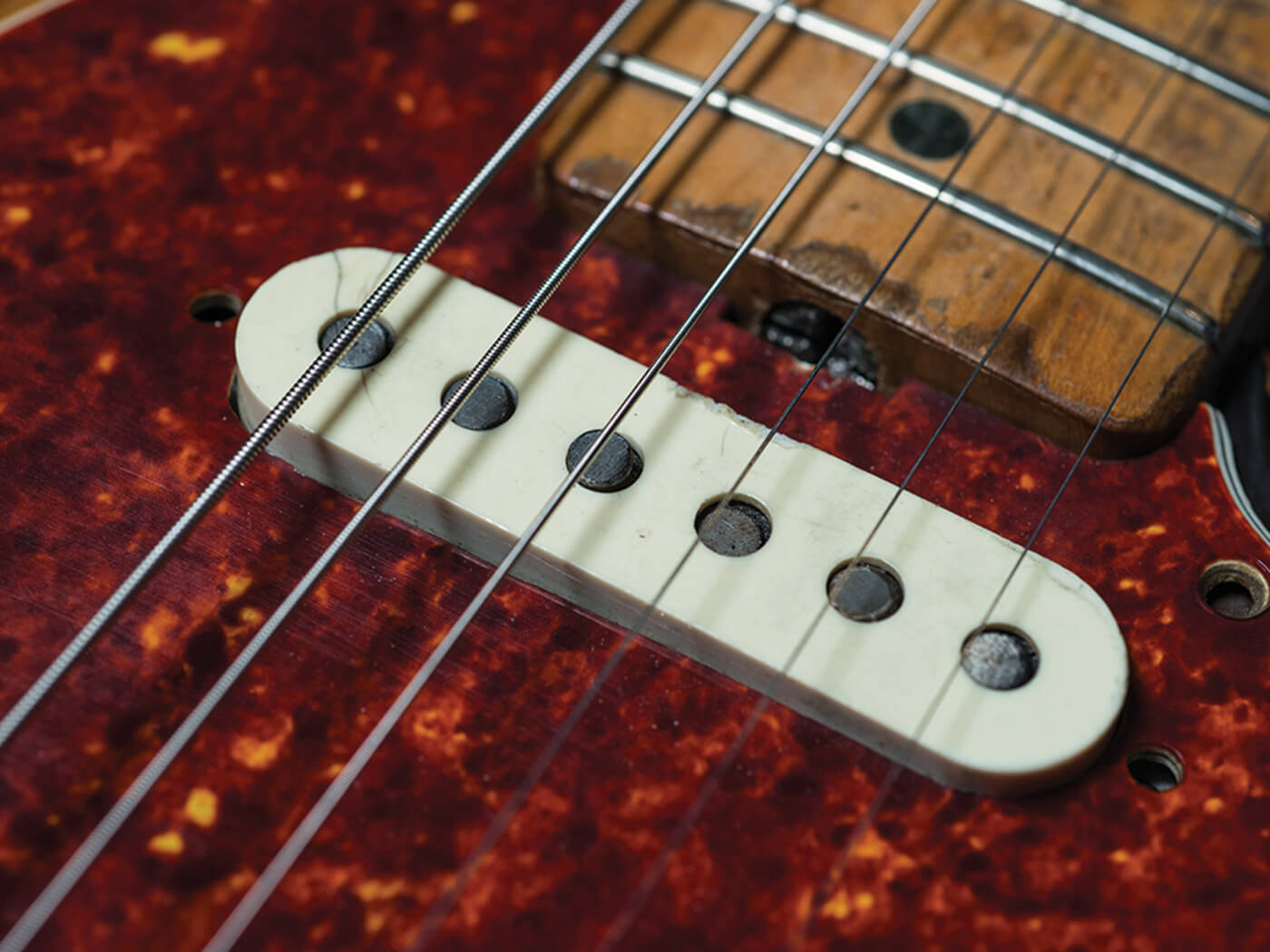
“Clarence had the Scruggs peg on the high E string and on the A string, and he would tune it down, a bit like an open G tuning that he would play on [Byrds] songs like Nashville West. I moved the second Scruggs peg up to the bass string because I just don’t do much in Open G.
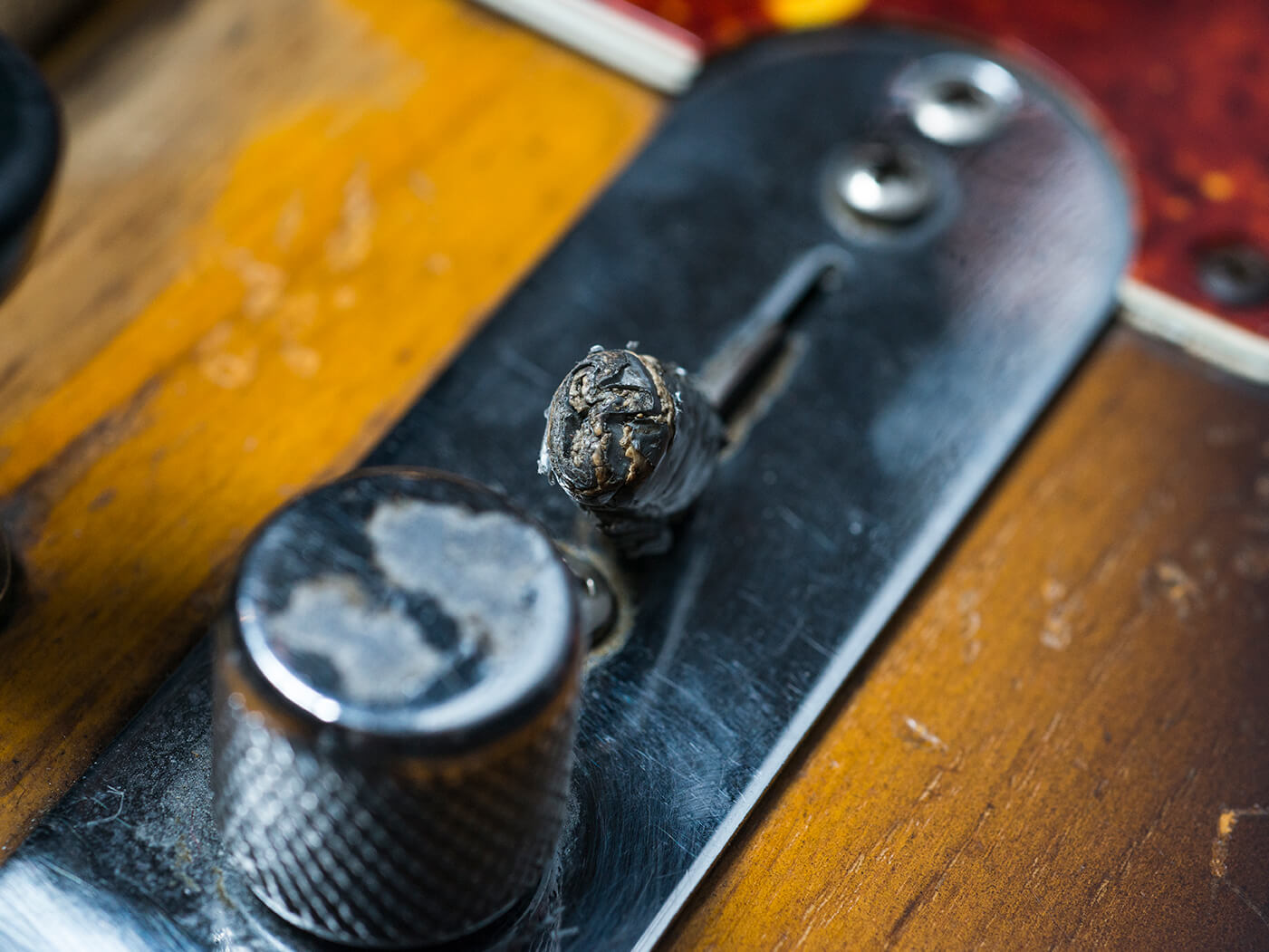
“The only other thing that I did to that guitar… there’s a little pedal, a palm pedal that lowers the E string down a half step. Ralph Mooney, the steel guitar player, he’s the one that did that. I wouldn’t have trusted anyone else…”
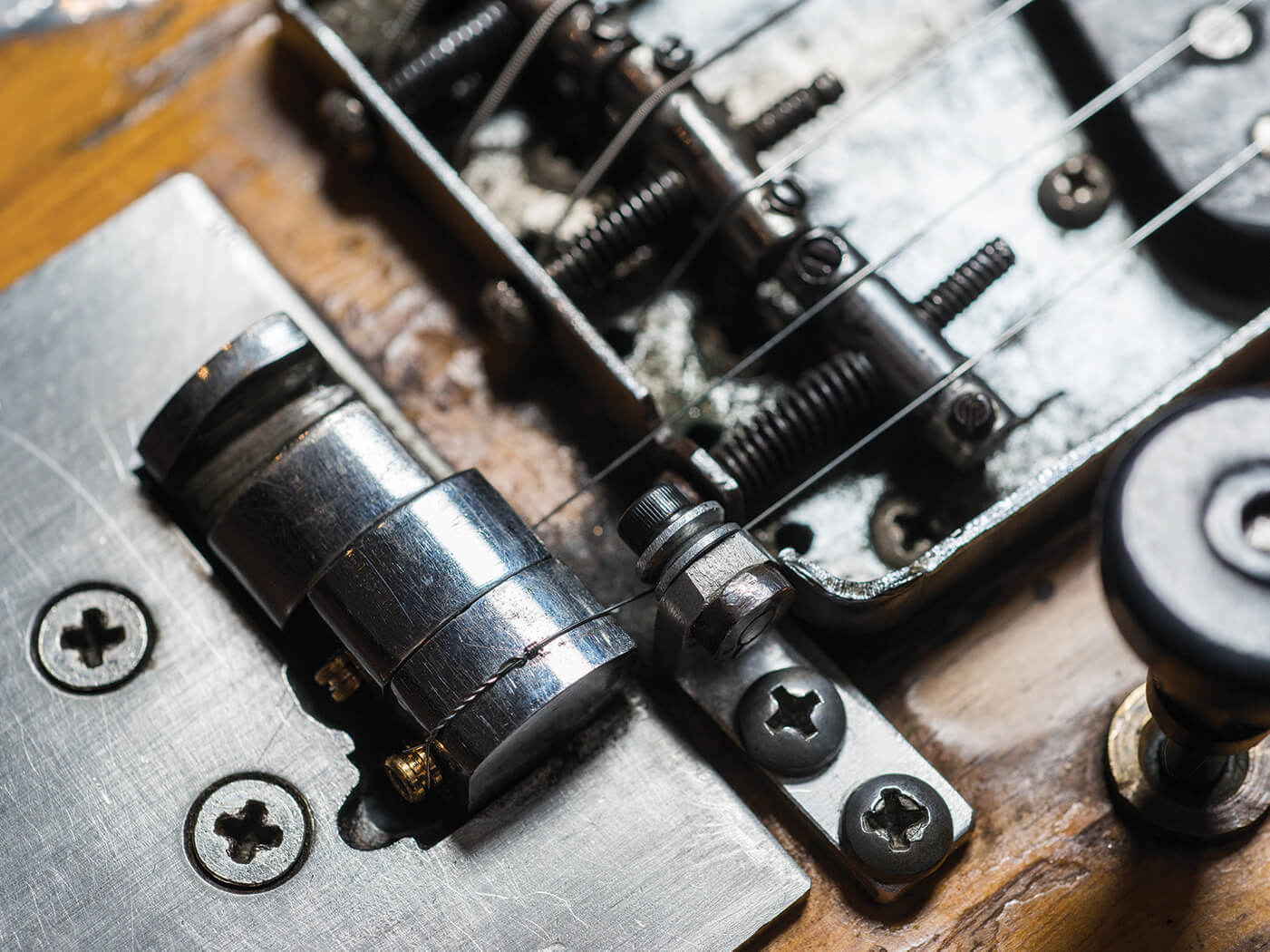
Oh, and there’s just one more thing… “On the back of the guitar, if you change strings or you broke a string, you had to take seven or eight screws out and take the whole back of the guitar off. I routed out a little hole on the back of the guitar so that I could run the strings through the body. Other than that, it’s the same dirt on the guitar, the same decals, everything. I left it alone.”
